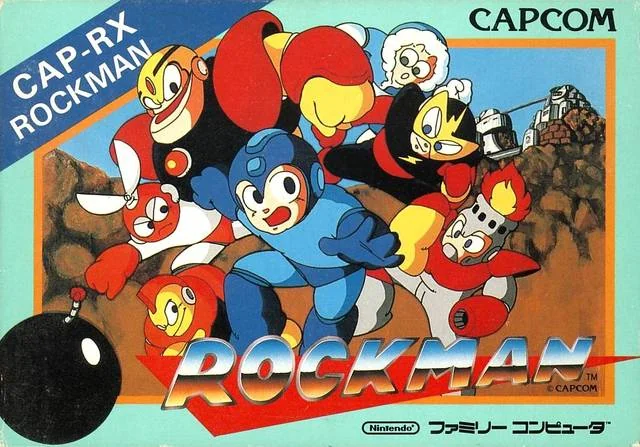Review: Tamarak Trail – Pure Nintendo

The core elements of Tamarak Trail will be recognisable to anyone familiar with the deck-building roguelike genre. You choose a path through a randomly generated fantasy map, frequently encountering monsters, using your prizes to construct the deck with which you’ll battle increasingly difficult monsters.
The key twist in Tamarak Trail is that the deck you build is not made up of standard cards, but rather of collected dice sides. You start off with two dice, populated with the most basic attacking and defensive moves available in the game, as well as one or two more interesting sides based on which character you are playing.
This gives Tamarak Trail a much stronger element of chance than similar games. As well as needing luck when it comes to the sides you find in the first place, there is also the fact that you’ll never have complete control over your dice roll.
However, this unique feature also opens up new avenues for interesting strategies in battle. The placement of each die side you find can have a huge impact on your combat. Some not only have a direct impact on the battlefield, but are affected by collisions between your dice. Others cause the die to flip, meaning you get the use of a second side of the same die during that turn.
If you are lucky enough to encounter a treasure chest on your route, you can also collect die cores. These offer a variety of boosts when you use them in battle and can be a valuable or even integral aspect of your battle strategy. There is certainly scope to figure out how you can make die sides and cores work together to ramp up your power. On a good run, you can become an unstoppable machine rampaging across the map.
Each time you are defeated, you return to the lodge to start over. Every boss battle you win rewards you with currency called Garmonbozia. This can be used to rebuild the crumbling lodge which acts as your base. Each completed upgrade offers boons to your future runs, although it could be more obvious where exactly they impact the gameplay.
There are three playable characters. You meet one at the very beginning, and the other two you have to unlock with upgrades to the lodge. While their first rolls will utilise the same basic moves, they have different pools of die sides available to them tailored to their characters, resulting in different battle strategies to play with. You mostly see the differences between the three after you’ve collected a decent amount of die sides on any given run. Some of the core mechanics designed to showcase their individual personalities could be more obvious, as it’s usually only on particularly good runs where the distinctions really shine.
The world you explore in Tamarak Trail is a fun fantasy setting, with an interesting range of enemies split into distinct camps, from humanised animals to spectral spirits. The artwork, animation and soundtrack are all stunningly crafted to make the game as a whole a delight to look at as you play.
The description of the game hints at a “malevolent presence” infecting the land, which you need to defeat. Otherwise, there isn’t a lot of story to Tamarak Trail. This isn’t a huge issue, as it is quite fun to piece together the details of the world with each run and to see more of it as you manage to plunge deeper into the trail. While the focus here is evidently on the gameplay, this does leave many interesting narrative elements that are begging to be explored with more depth.
There are certainly elements of Tamarak Trail that it would be nice to see given more of an opportunity to shine. However, the aspects that have been a core focus are very polished, resulting in an addictive game that checks all the boxes for its genre at a reasonable price for the gameplay you get.







